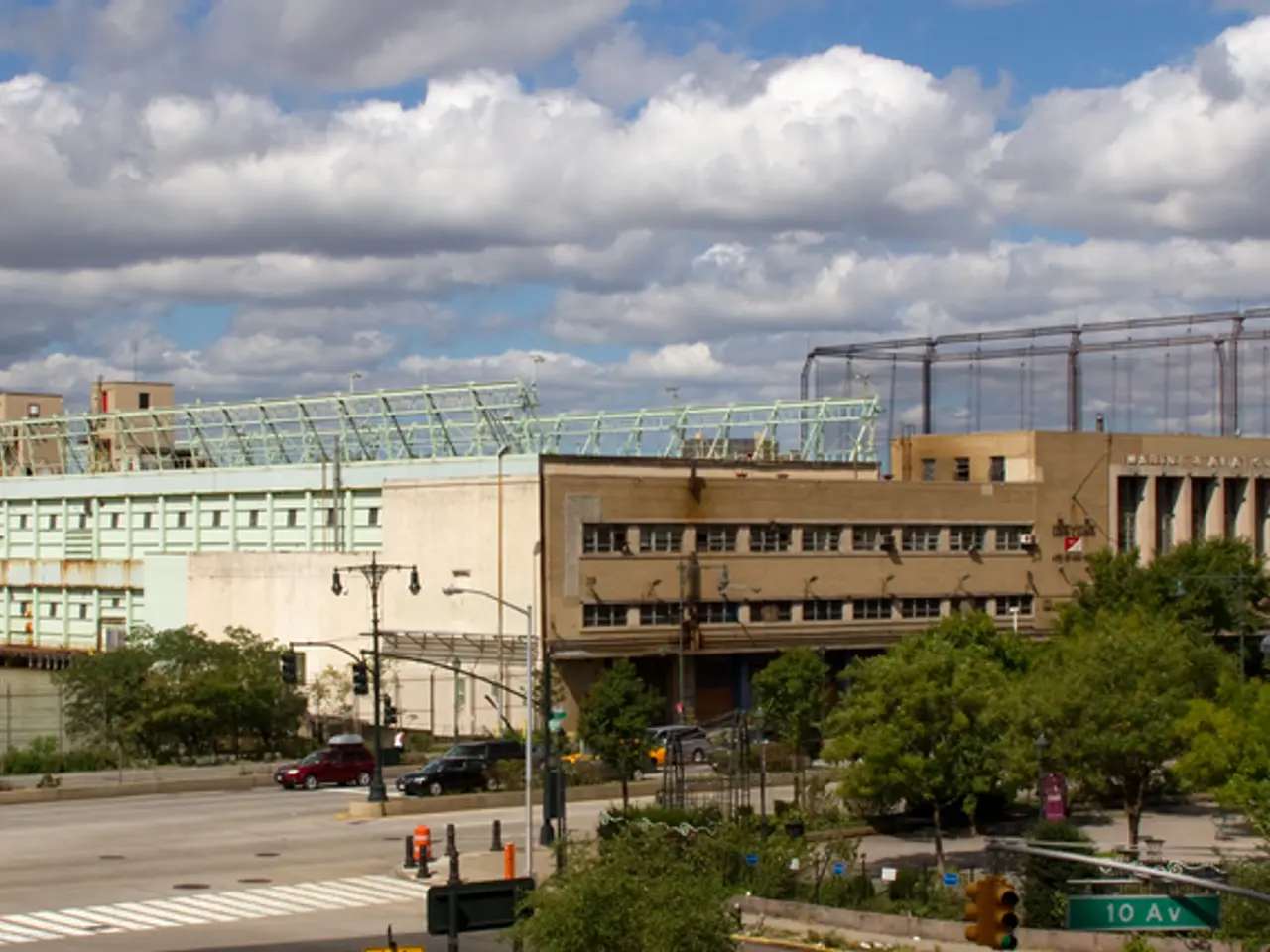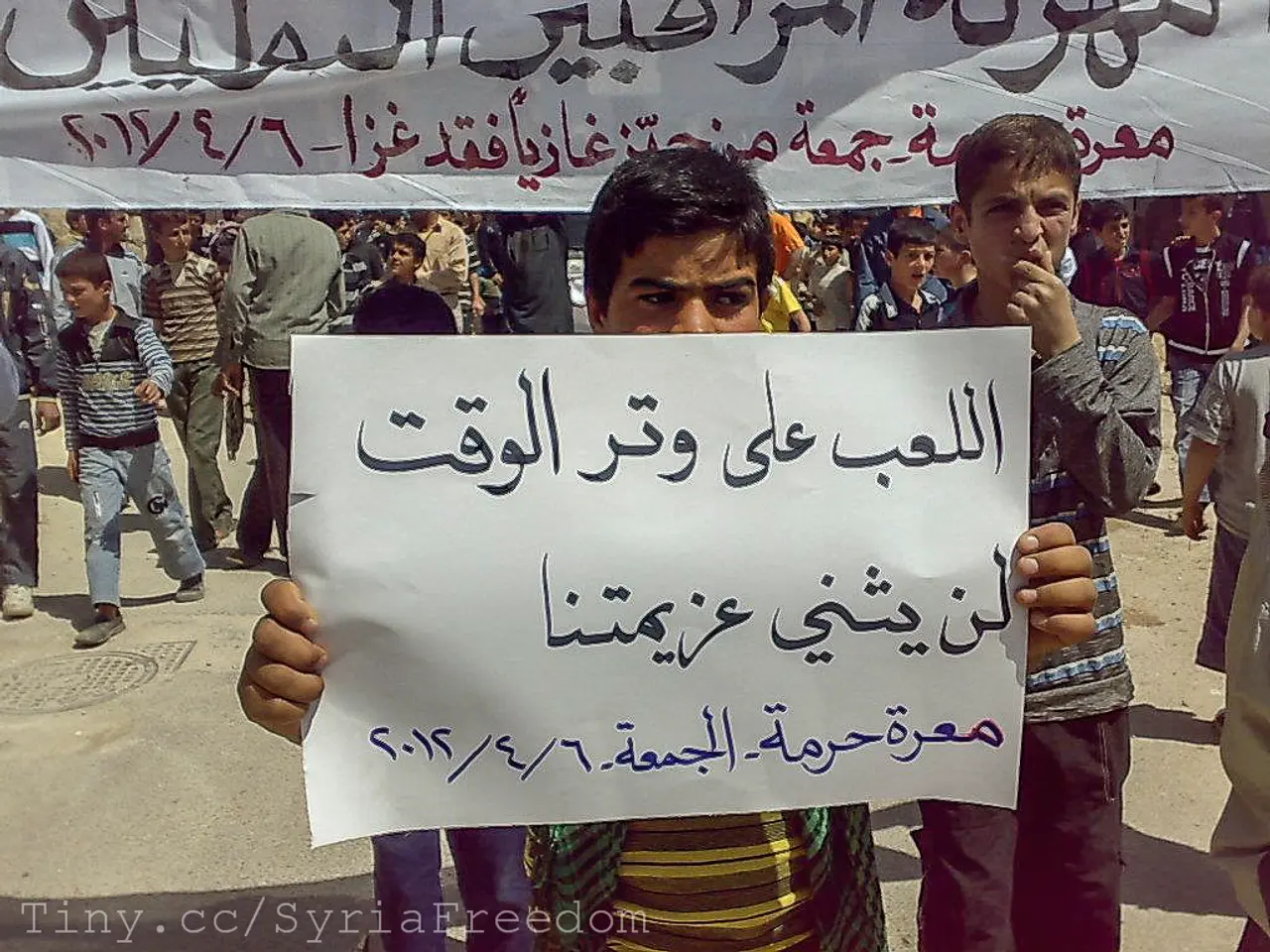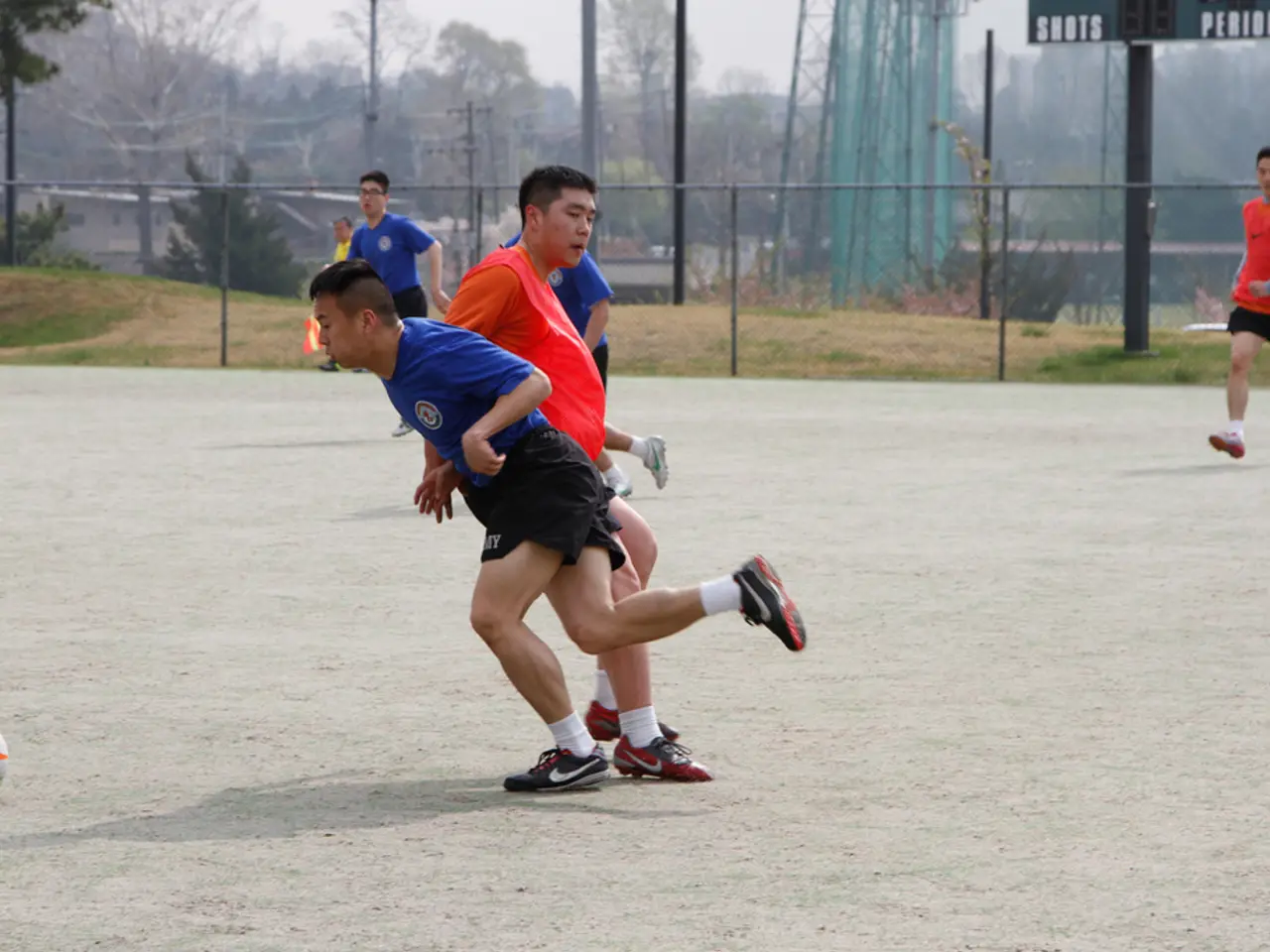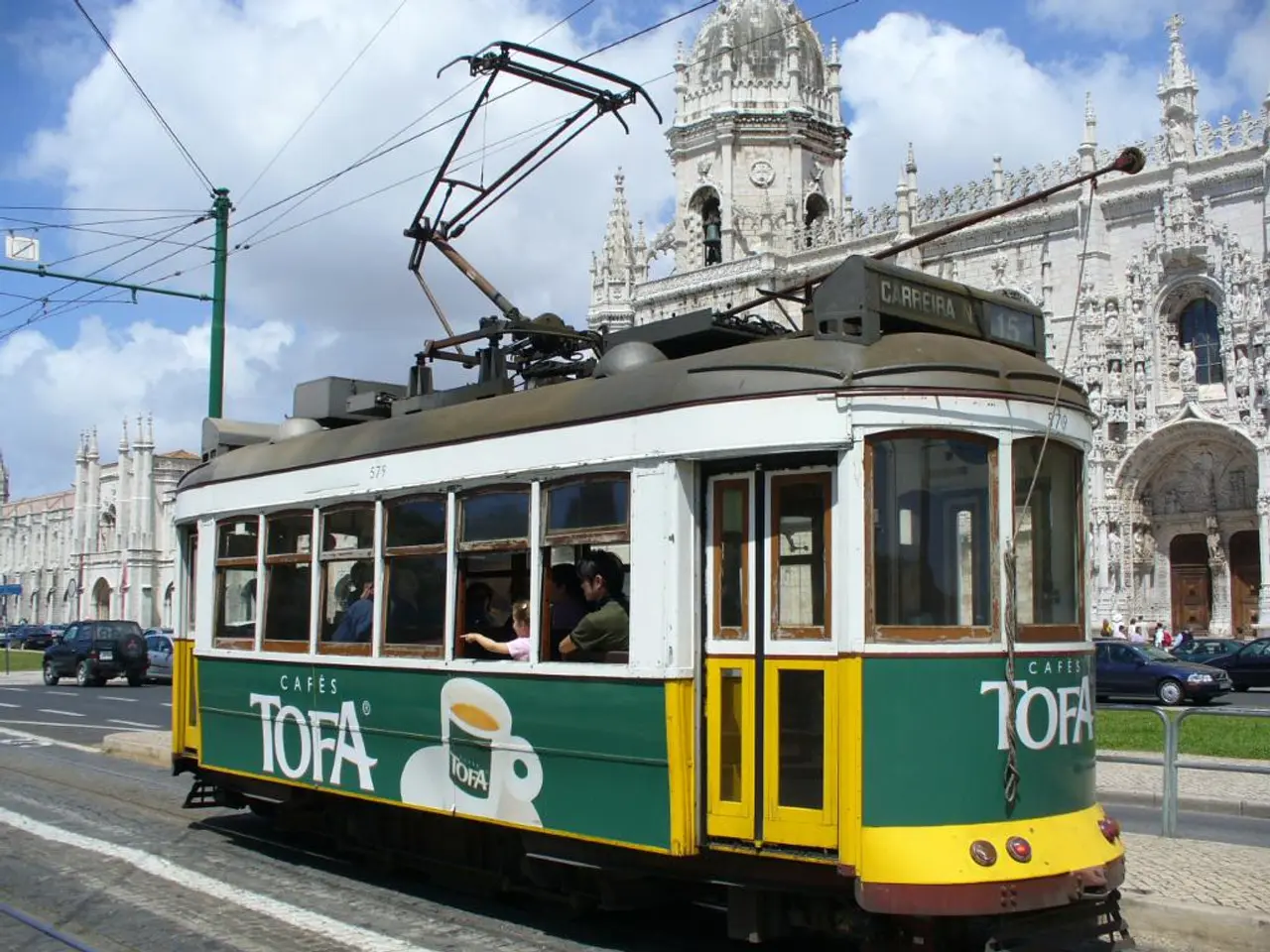Enhancements in engineering networks, sewage, and water systems: detailing the advancements in New Almaty's infrastructure development
Almaty, the largest city in Kazakhstan, is gearing up for significant developments in its outskirts next year, with over 200 billion tenge planned from various sources. This ambitious project includes the improvement of four parks and five pedestrian zones, as well as the expansion of the city due to territories annexed a few years ago.
In a recent update, Almaty's Mayor, Bakytzhan Sagintayev, shared details on the construction of engineering networks in the new microdistricts of the city. This year, 42.8 km of roads were built in the microdistricts of New Almaty, and access to centralized systems was provided for 50,000 residents in these outskirts. Furthermore, lighting systems are being installed on 1,423 streets in Aлатаu, Jetisu, Nauryzbai, and Turkysb districts.
However, as of mid-2025, detailed information specifically on the construction progress of engineering networks in Almaty's new microdistricts—including project updates, funding, and timeline—is not readily available. There have been reports of public dissatisfaction regarding incomplete or faulty connections of engineering communications in infrastructure projects. This suggests ongoing challenges in infrastructure implementation in the city.
Despite these challenges, the city is making strides towards its goals. For instance, 100% street lighting is expected to be achieved in Almaty by the end of 2021. Additionally, medium repairs were completed on 270 streets totaling 192 km, and 86 km of sidewalks were constructed and repaired in the city.
Moreover, last year, hundreds of kilometers of water supply and wastewater networks were laid in Almaty, and several wastewater treatment plants were built. A significant development is the construction of a filtration and pumping station in Nauryzbai district, which began last year.
The city's expansion and the development of its outskirts are crucial for maintaining the quality of life in Almaty. Engineering networks are an integral part of a city's life support system, and their proper development is essential for the city's continued growth and development.
For the latest verified information, it is recommended to consult local official municipal infrastructure project reports or announcements from Almaty city development authorities. The large-scale Horizon Investment Project at Almaty International Airport, with a budget of about $1.5–1.7 billion, may indirectly affect regional infrastructure development from 2025–2028.
As the city moves forward with its ambitious plans, it is clear that Almaty is committed to improving the quality of life for its residents and ensuring the city's continued growth and development.
In Almaty's future developments, plans suggest the inclusion of sports facilities within the expansion of the city due to territories annexed a few years ago. Considering the ongoing challenges in infrastructure implementation, the successful completion of these sports facilities, alongside engineering networks, is vital for enhancing the quality of life in Almaty and supporting the city's continuous growth.
With the installation of street lighting in Aлатаu, Jetisu, Nauryzbai, and Turkysb districts, the possibilities for nighttime sports activities and illuminated evening walks increase, further improving the city's quality of life.








